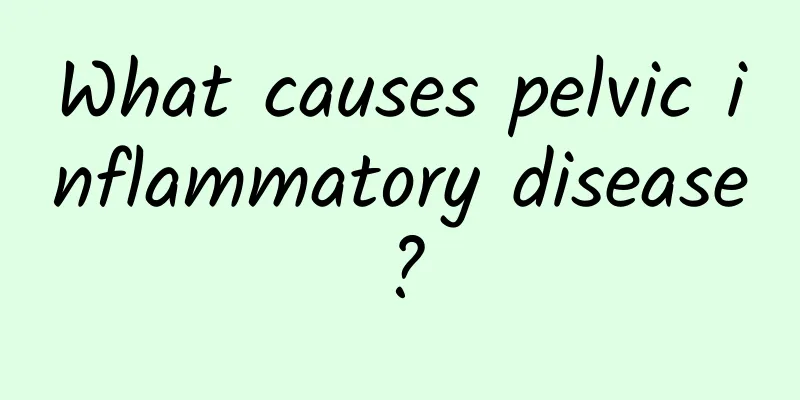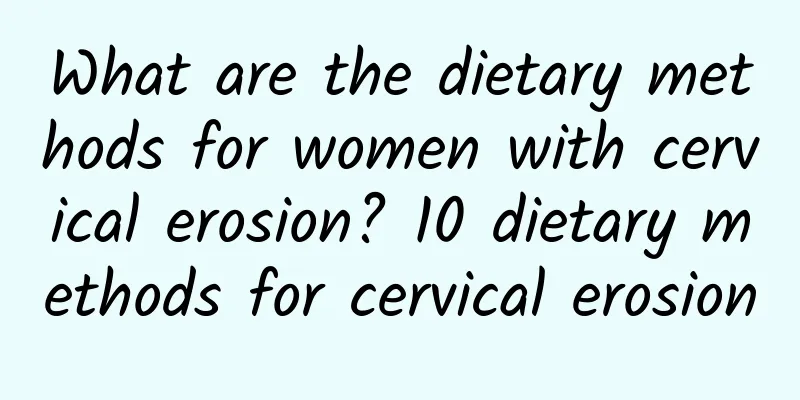Is uterine polyp surgery the same as abortion surgery?

|
Uterine polyp surgery is different from abortion surgery. The purpose of surgery, surgical method, and degree of damage are different. 1. The purposes of the surgeries are different: The purpose of uterine polyp surgery is to remove the polyp tissue in the uterus, and then make pathological sections to find out whether there are any lesions; the purpose of abortion surgery is to terminate pregnancy. 2. Different surgical methods: Endometrial polyp surgery can be performed by Lip knife surgery or hysteroscopy to remove cervical polyps; abortion surgery mainly uses a suction tube under negative pressure to remove the embryonic tissue, blood, and fetal membrane tissue in the uterine cavity to achieve the purpose of terminating pregnancy. 3. Degree of damage: Uterine polyp surgery usually does not cause damage to the endometrium and is a relatively safe surgery with little impact on future pregnancy. Abortion surgery may cause damage to the basal layer of the endometrium, and in severe cases may cause uterine adhesions, scanty menstruation, or even infertility, causing relatively greater damage to the body. Whether you are undergoing uterine polyp surgery or abortion surgery, it is recommended that you relax and cooperate with the doctor during the operation to minimize postoperative complications. |
<<: Can potassium permanganate reduce swelling in Bartholin's gland cyst?
>>: Early warning signs of ectopic pregnancy
Recommend
How to distinguish threatened abortion from menstruation? Why are threatened abortion and menstruation confused?
Some people are careless and think that they have...
A complete guide to postoperative care for painless abortion
The safety of painless abortion involves postoper...
What to do if you have irregular menstruation
What should I do if I have irregular menstruation...
What are the dangers of cervical erosion? Is there any relationship between cervical erosion and sexual life?
The cervix is divided into the inner and outer ...
Choose the best treatment for vaginitis according to your condition
The occurrence of vaginitis has a great impact on...
You can still enjoy good food even if you reduce sugar intake! In addition to pan-frying salmon, learn 4 French and Japanese cooking methods at once
Salmon is low in sugar and rich in astaxanthin, w...
What are the reasons for frequent recurrence of vaginitis?
The main symptoms of vaginitis are increased foam...
How to take good care of women after abortion? Several hazards of abortion should be known
What should a woman do after an abortion? At this...
What medicine is effective for uterine effusion?
Uterine effusion means the presence of inflammato...
The impact of daily personal hygiene on adnexitis
The cause of adnexitis is closely related to some...
Can’t eat pizza to lose weight? 8 tips for eating Italian food without stress
Maintaining a graceful figure is the lifelong dre...
Experts teach you how to correctly prevent acute adnexitis
The incidence of acute adnexitis is very high amo...
What harm does menopause have on couples' lives?
Postmenopausal women sometimes experience private...
Winter is a good time to lose weight: 3 tips for controlling calories at dinner parties
Winter is a big challenge for people who want to ...
What are the causes of irregular menstruation in girls? What are the hazards of irregular menstruation in girls?
Nowadays, many little girls, although young, have...









